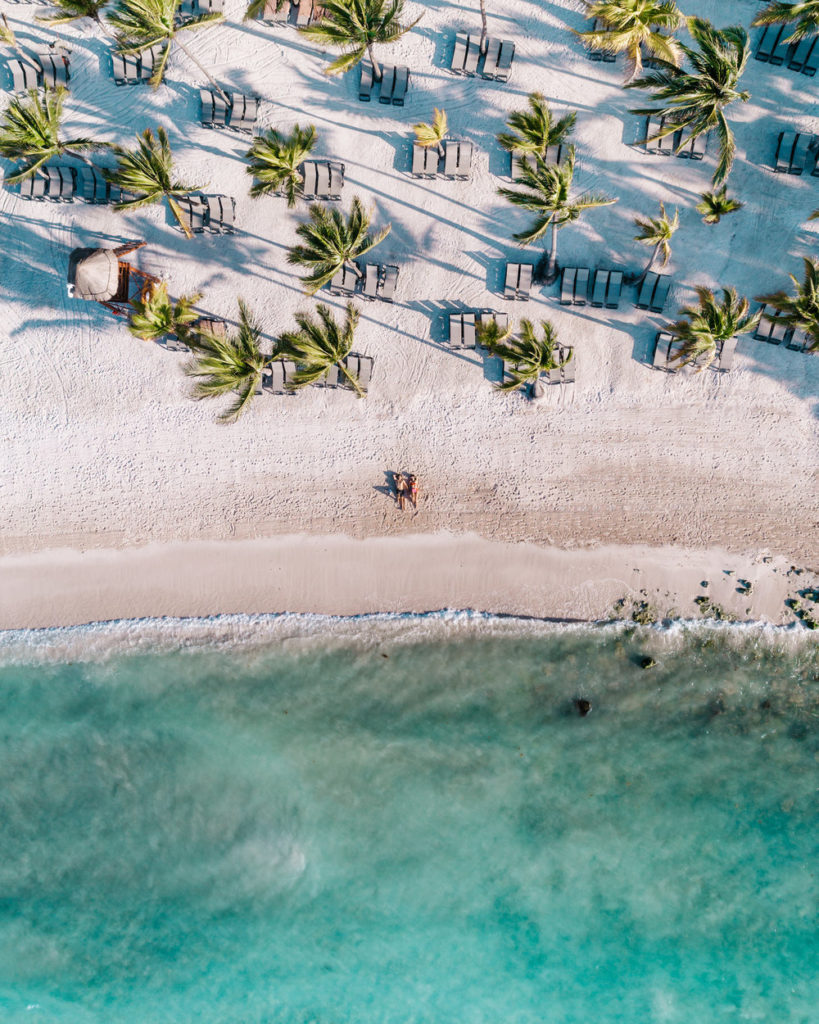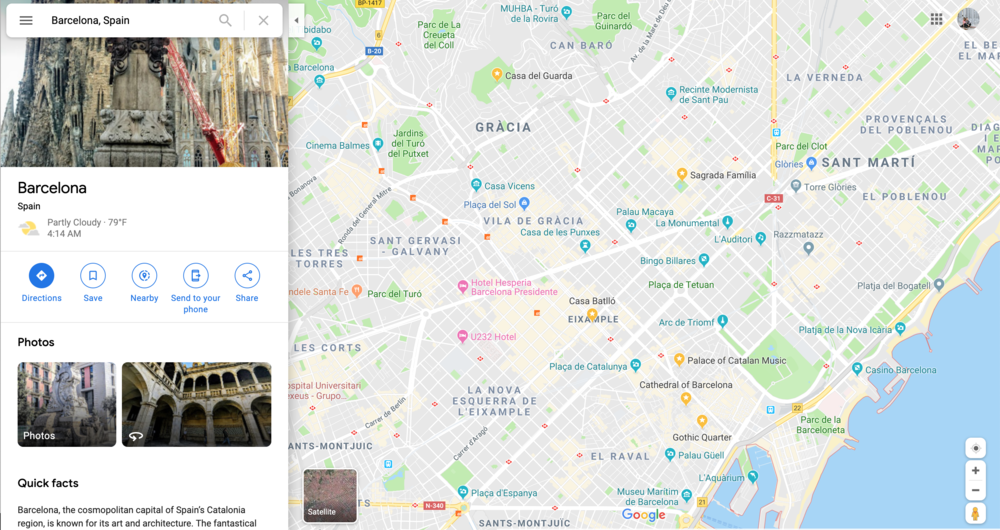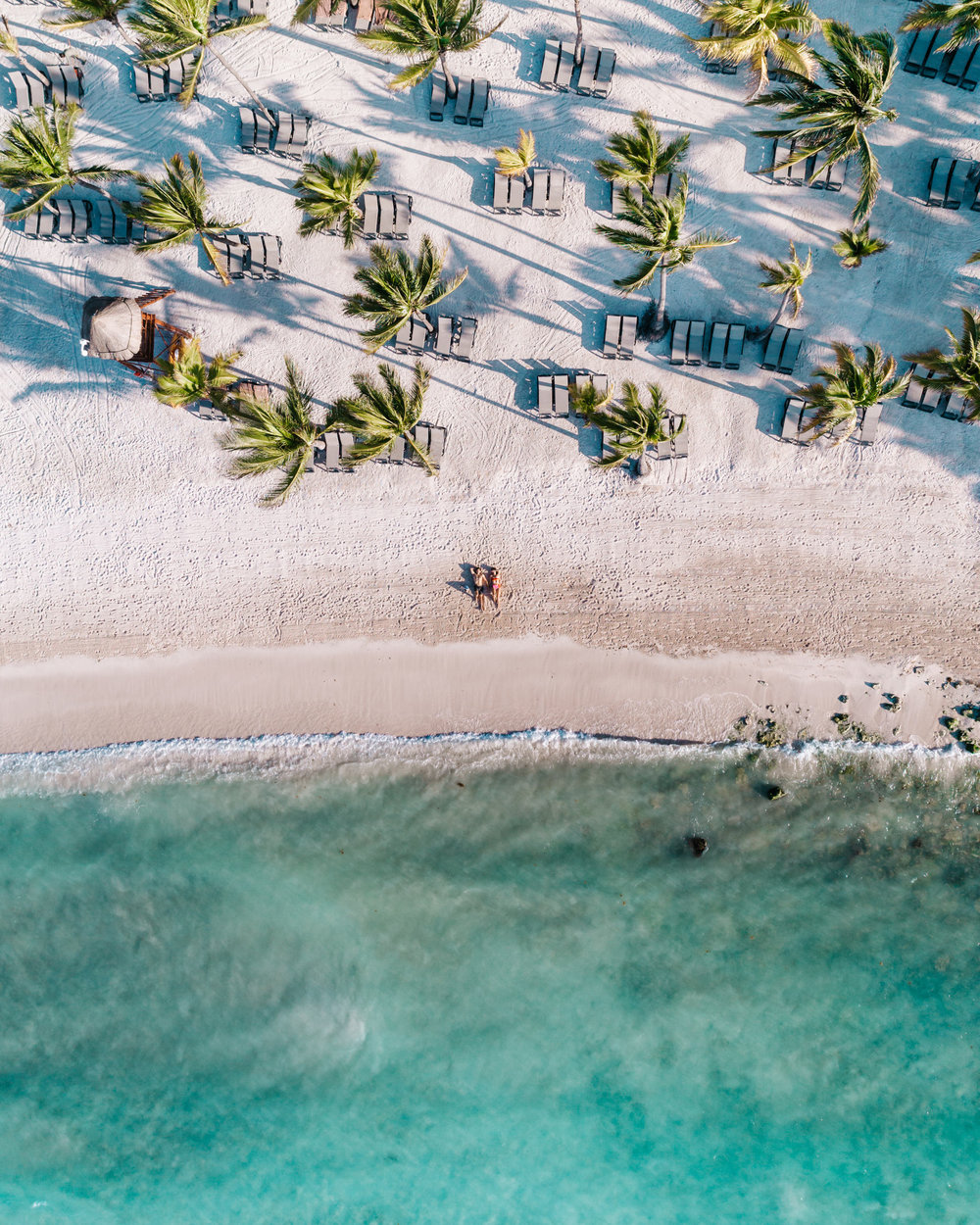Planning an international trip can feel overwhelming and even a bit daunting, but taking the time to plan ahead will not only make your trip way less stressful, but it will also help you feel less overwhelmed so you can actually enjoy yourself once you get to your destination! That’s why it’s important to make sure you know what you want to do, where you’re going to stay, and how you’re going to get around while you’re traveling. We’ve planned for so many different international trips, and after a lot of trial and error, we’ve found that these are the things we always make sure we’ve thought about and planned before we leave, so we’re not hit with too many surprises once we land. Here’s the best way to plan for a trip abroad:
How to Plan for an International Trip:


1. Pick Where You Want to go and Create a Budget:
2. find a great flight deal:
SIGN UP FOR DOLLAR FLIGHT CLUB HERE!
3. Create a Spreadsheet:
4. Research:


5. Fill In The Itinerary:
Once you have an idea of the activities that you want to do, go to Google Maps to start organizing and filling in your itinerary. Within Google Maps, you can pick the places that are a priority for you on your trip and star them. To create a star, click on “save” on the left hand side and select “star place.” This is a great way to make it so you can start to see which activities are in the same area while you’re trip planning. By starring things on Google Maps, you can easily see which activities are in which area.
Then, once you have an idea of the activities you want to do, start filling in your itinerary. If two or three things are in the same area, then you’ll know that you should do those things on the same day. And if there’s something else nearby that looks fun/worth checking out, you can add that to your itinerary for that day too! To make sure everything is done as “timely” as possible, stick to one area of town each day. That way you won’t be crossing back and forth across town going to different places. And you’ll also save money by not paying for taxis or other transportation.

Once you know the list of things you want to do and what areas they’re in, then you can start to fill in your itinerary and put certain activities on certain dates.
While you’re planning, always check to see when certain activities (museums, restaurants, etc) are open. You can easily “google” the activity and then see what times it’s open right there.
For example, The Louvre in Paris is closed on Tuesdays. So you’re not going to want to visit The Louvre on Tuesday. You’ll also want to make sure you visit your “starred activities” around The Louvre on a different day. Move all of those activities to the next day and then pick a different area of town to explore during your Tuesday in Paris. Obviously this doesn’t apply to all activities. Because if you’re going to a beach it’ll probably always be open. But there are few things worse than flying across the world and showing up somewhere you’ve always wanted to visit only to find out that it’s closed. So it’s always better to check beforehand.
6. Book Your Accommodations:
We always use Hotels.com to book our hotels, because not only do they always have great deals, but they also have a reward system where your 11th night is “free.” What they do is take the average amount that you’ve spent on the previous 10 nights you’ve booked through Hotels.com. And then you get that many dollars toward your 11th night.
So say you’ve spent $100 on 10 nights at hotels, then on your 11th night, you’ll get $100 off. It’s essentially 10% off, which is a pretty good deal if you ask us. So that’s why we always book through Hotels.com. You can also search for hotels based on neighborhood or attractions in the city, which makes it easier to find the best place to stay.
BOOK YOUR HOTEL HERE!


7. Book Transportation:
If you have everything booked ahead of time, then you won’t have to worry about anything once you show up. There’s nothing more stressful than showing up to a foreign city and not knowing how to get around or where you’re going to sleep. Which is why we always suggest booking everything ahead of time.
Are you going to a city with good public transportation, like New York or Paris? Then plan to use the subway or metro. Are you planning a road trip? We rent cars through Expedia. Do you need to hire a driver? Are you going to take a train between cities or fly? These are all good things to think about and book ahead of time. So you don’t have to worry about them when you get there.
BOOK YOUR RENTAL CAR HERE!
8. Buy tickets to your “Must do” activities ahead of time:
9. Complete your itinerary:
Fill in the rest of your spreadsheet and make sure all of your activities, places you want to eat, transportation, and accommodations are booked. We also always suggest leaving a few hours open every day for “free” time. That way your days won’t feel too rushed and you’ll have time to do things that you stumble upon as you’re out wandering and exploring the city. We also try to leave one or two days on our itinerary completely empty. We might add one place to eat or one thing to do on that day. But other than that, we leave the rest of the day open. So we can relax on a beach, go back to a place we enjoyed earlier on our trip, wander aimlessly. Or even just relax and take a nap.


Other Things to Consider:
Consider the Local Culture and Customs:
Think About What to Wear:
Get a Great Travel Credit Card:
Open a Bank Account that Doesn’t Have ATM Fees:
Get a Passport:
If you’re traveling internationally, you have to have a passport. If you’re a U.S. Citizen and and don’t already have a passport, you can apply for a passport here. It generally takes about six weeks for your passport to arrive after you’ve applied. You can pay more to have it expedited if you need to. But we suggest planning in advance, so you can save that money (and spend it on something fun during your trip). Also, most countries won’t allow you to enter if your passport expires within six months from the final date of your trip. So to avoid any issues getting into the country you want to visit, apply for a new passport if your passport is expiring within six months.
Check for Visa Requirements:
Travel Insurance:
Decide on a Phone Plan:
Check the CDC Website for Vaccine/Immunization Requirements:
Make Copies of Your Passport:
PIN IT:



WHAT TO PACK:
 JavaScript is currently disabled in this browser. Reactivate it to view this content.
JavaScript is currently disabled in this browser. Reactivate it to view this content.
Do you have any advice on phone plans? I usually just rely on wifi, but never know when it makes sense to maybe pay international fees/get a SIM card/etc.
We normally just rely on wifi, but sometimes we buy a local SIM card once we’re in the country or we use a SIM card from KnowRoaming!
Hi – Thank you for the article and tips. I can’t get the international trip planning spreadsheet to open. What file type is it? Thank you.
Sorry you’re having trouble opening it! It’s a "numbers" file. Glad you found the article helpful!
Thank you for all of the great info and advice. You guys have awesome pics! We took our first trip abroad last year which was great but your advice defiantly would have made it easier. 🙂
When talking about car rentals, some countries ask for an International Drivers License. Unless I missed it, it may be good to add to your tips.
So glad you found it helpful! Thank you so much! And yes, you’re right. A lot of places do ask for an international drivers license, so that’s a great thing to keep in mind!
I really enjoy your blog and your travels are truly inspiring! I’m wondering if anyone else has had trouble downloading the international travel spreadsheet you provided. I’ve never been able to get it to open.
Hi Melinda, Sorry about that! The link should be working now. I just tested it. https://ourtravelpassport.com/blog/how-to-plan-for-an-international-trip If you still have trouble let me know!
Very good advice and suggestions. We recently went to China and I was glad that I had purchased a VPN on our devices so I could get to most sites and I had also installed a translator for foreign language exchange.
I also rely a lot on Trip Adviser to get reviews of the locations I am going to visit. , I did learn how to ‘star’ on Google and will be using this on our next trip. Thank you for sharing.
Happy Travels.
Those are all great ideas too! Hope you had a blast on your trip to China!